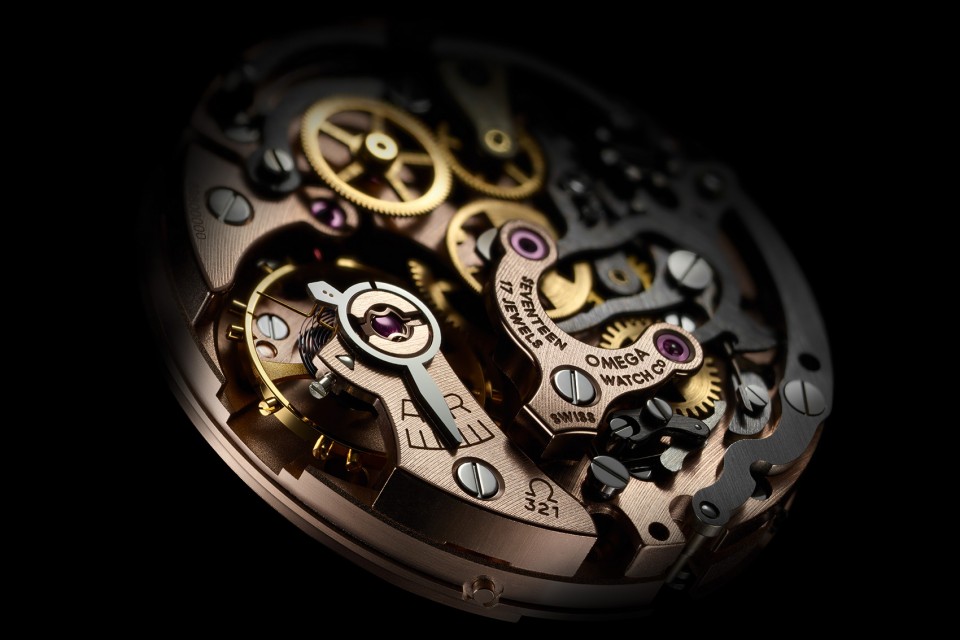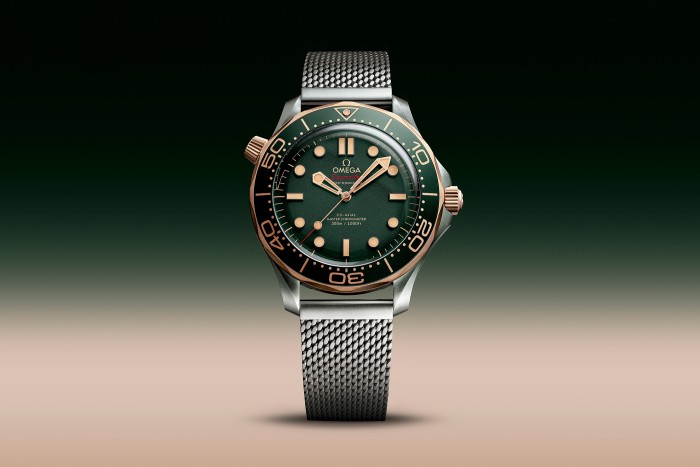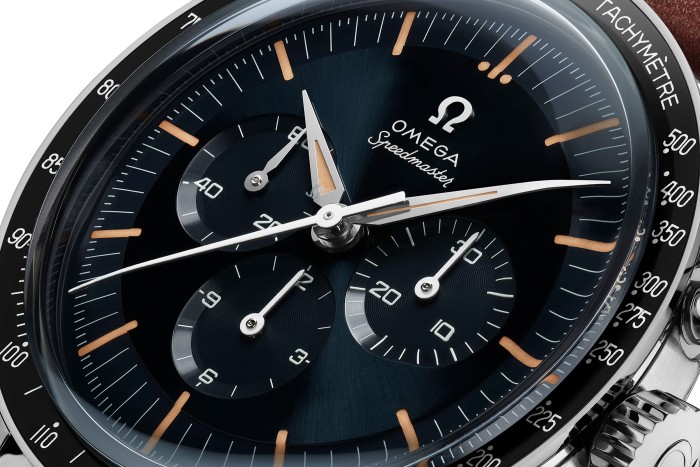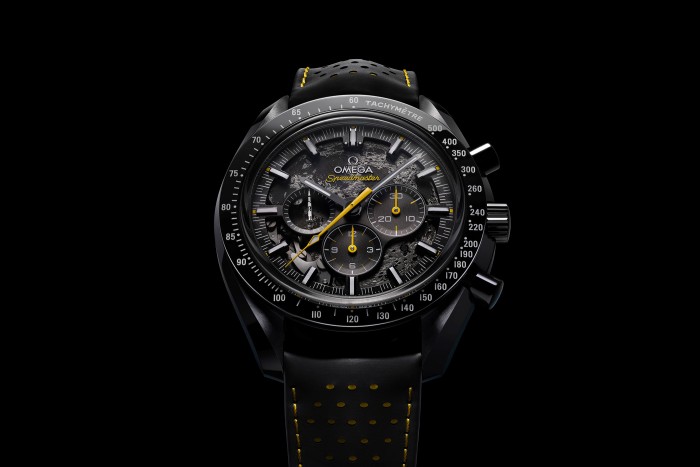Ask any seasoned watch collector, regardless of whether their favourite brand is Omega or not and ask them to name one of the best chronograph movements ever made, it is highly likely they will name the Omega calibre 321 chronograph movement. Yesterday, Omega announced that they will be reintroducing this movement. The famous Lemania 2310, or as Omega called it the calibre 321, which incorporated the much sought-after column wheel chronograph mechanism, was originally designed by one “Albert Piguet” and utilised since the 1940s. Now, more than 50 years after the last Calibre 321 was produced, OMEGA is bringing the iconic movement back.
As you’ll likely be more than aware of, the first Speedmaster to utilise the calibre 321 was the reference CK2915, however, it was also utilised in other Omega chronographs from that era. But what made the 321 calibre popular was not only its monobloc column-wheel, that was machined from a single piece, which also added technical value but also the fact it was robust and easy to service from a watchmaker perspective. So not only was it popular amongst collectors but watchmakers too.
To add, the original Calibre 321 also earned a very notable place in history. It was used in a variety of models including the Speedmaster ST 105.003 (the model first tested and qualified by NASA and worn by astronaut Ed White during the first American spacewalk) and the Speedmaster ST 105.012 (the first watch worn on the moon). To recreate the calibre 321 movement in its exactness, Omega have stated the below.
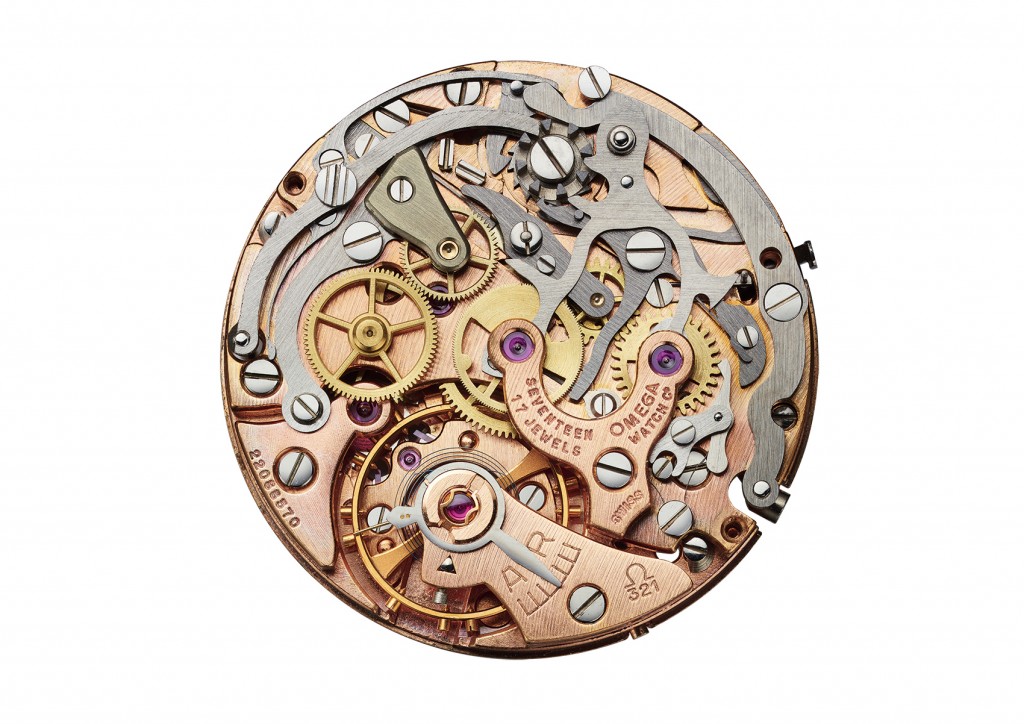
Reintroducing a movement with such an important reputation must therefore be done with the utmost exactness. For the Calibre 321 project, OMEGA utilised a dedicated team of experts who worked efficiently over two years and in total secrecy to bring the movement to life. The small group was composed of researchers, developers and historians, as well as the finest craftsmen and experienced watchmakers. To protect the project’s exclusive details, the team even worked under the codename “Alaska 11”, in line with the names that OMEGA used for its secret Speedmaster designs for NASA in the 1960s and 70s.
Using the 2nd generation Calibre 321 as a reference, the OMEGA team compiled extensive historical research and original plans to reconstruct the movement as accurately as possible. Going even further, they also used “tomography” technology (digital scanning method) to see inside the true Speedmaster ST 105.003 timepiece that astronaut Eugene “Gene” Cernan wore on the moon during the Apollo 17 mission in 1972. Cernan was the last man to walk on the lunar surface and his Speedmaster is now housed at the OMEGA Museum in Bienne. Its Calibre 321 provided the perfect design criteria for OMEGA to follow.
As a result, even the most unique and iconic parts of the Calibre 321 have been reborn in respect to their authentic specifications. The movement wonderfully corresponds to the “moon period” of OMEGA’s history, with a construction that completely respects the designs from the past.
This is perhaps the biggest horological announcement of the year and we are only in the second week of January, so that says quite a lot! The new movements will now go into production at Omega’s HQ site in Bienne. More interestingly, all aspects of creation will be undertaken within a dedicated Calibre 321 workshop. For each movement, the assembly, as well as the watch head and bracelet assembly will be performed by the same watchmaker. Watch fans can expect more developments and news in the coming months. That said, Omega have yet hinted at which pieces will utilise this new calibre 321 movement.
